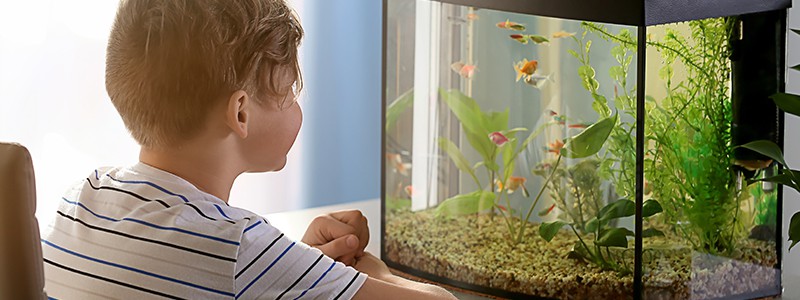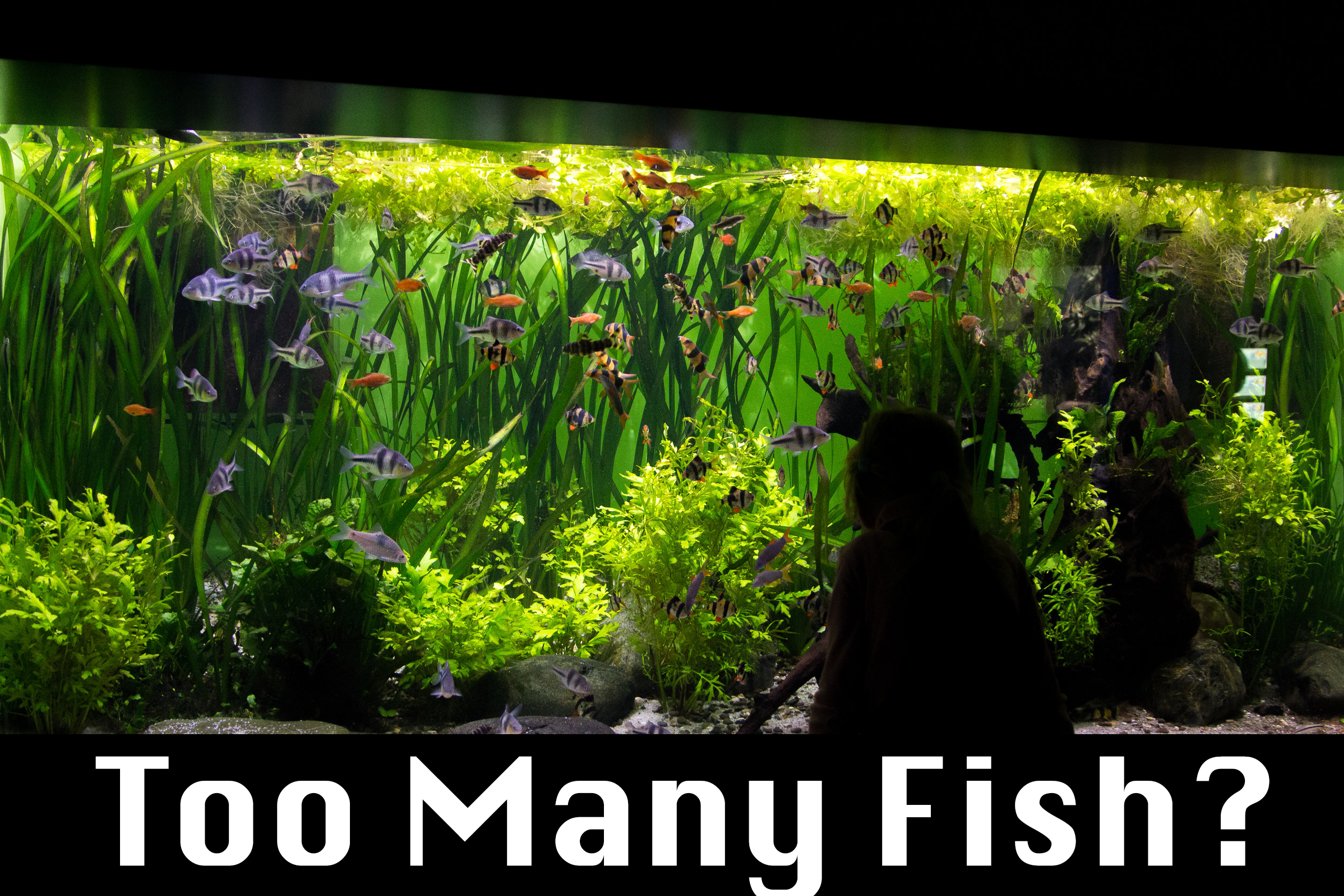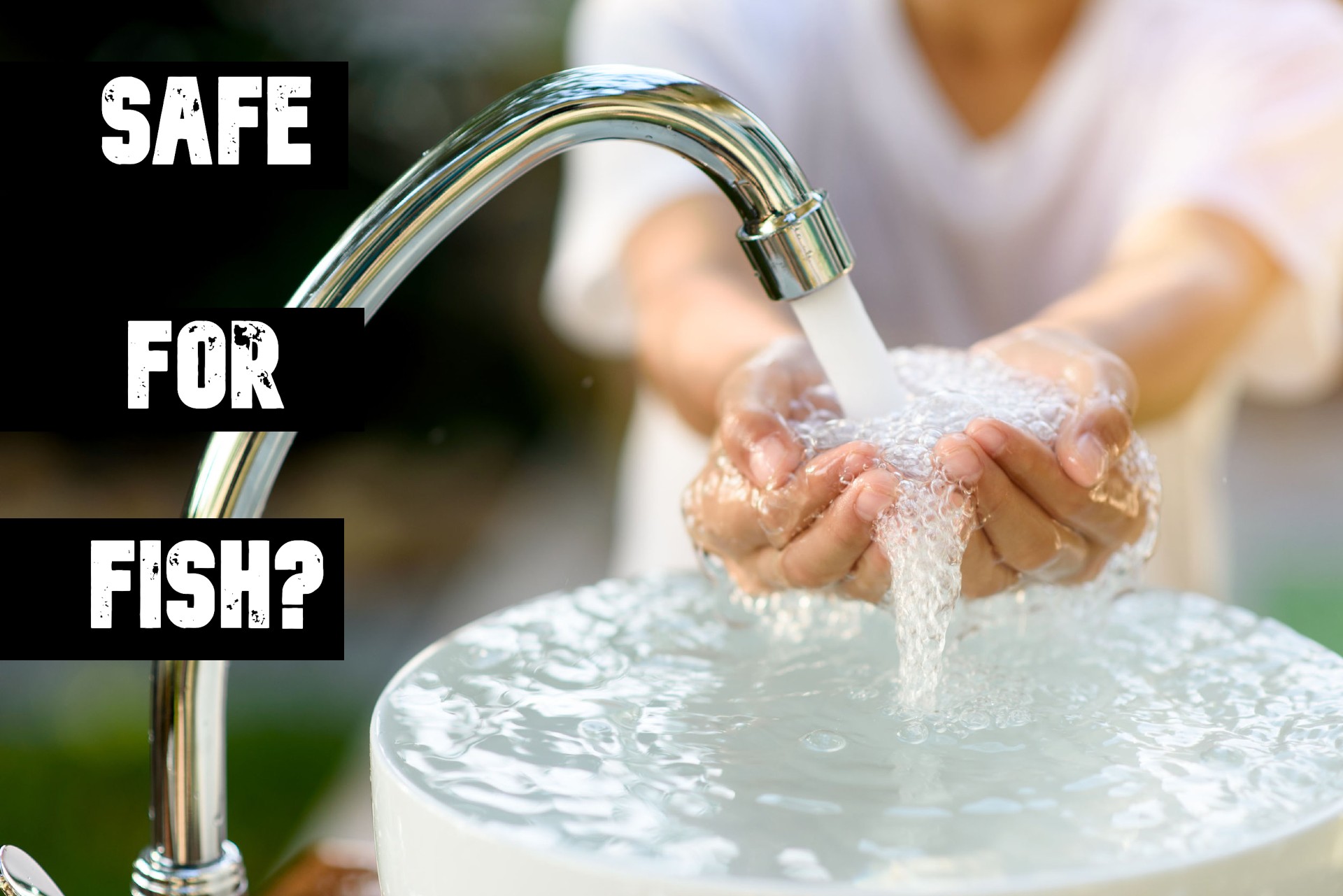Any fish keeper wants their fish to be healthy. After all, fish keeping is not a cheap hobby, and the fish themselves can be expensive. Many health issues exist that could affect your fish, and the best way to keep your fish healthy is by giving them a clean home. So, the best way to protect your investment and keep your tank beautiful is by cleaning it.
So the question remains, how often should your tank be cleaned? As often as is needed. That may not be an ideal answer, but there are many factors that can determine the outcome of this question:
- How big your aquarium is?
- How many fishes are kept?
- How strong your filtration is?
- Is your aquarium freshwater or saltwater?
- The list goes on…
Knowing when the tank needs to be cleaned is what is essential. While there are different kinds of tanks such as salt water and reef tanks, we will be dealing with freshwater or tropical tanks. Different fish have different cleaning requirements, so this is just general information for non-goldfish tanks. Those have to be cleaned even more!
Let’s say you decide to clean out your tank on Friday, but on Saturday too much fish food is accidentally dumped into the tank. You just cleaned it the day before, does this mean you should wait till the next scheduled cleaning?
You do not want to clear out too much water, that might even be worse than leaving the food in the tank. The reason for this is because of the nitrogen cycle. If you are first starting your tank, it is vital to the health of your fish that you have at least a basic understanding of this “simple” topic. Cleaning it out too much can actually cause you more issues than it may be worth because it disrupts the beneficial bacteria that exist in the water. Having to restart the nitrogen cycle can kill your fish. The cycle is what helps break down the waste so that the fish can remain in the water in your tank.
For this reason, it could be a good idea to have a second, or a quarantine tank, just in case you need to separate the fish or have a place to store them while your nitrogen cycle is being recreated. One cannot always tell that a fish tank is dirty just by looking at the water. The tank could appear perfectly clear, but there could be a killer, that is not only invisible but odorless, lying in wait in the water.
Those killers are ammonia, nitrite, and nitrate. Ammonia is toxic to fish.

Where does Ammonia/Nitrite/Nitrate come from?
- Fish poop, fish food, and decaying plant matter break down and release ammonia.
- Ammonia is extremely toxic to fish and after 30-45 days is converted to nitrite.
- Nitrite is also toxic to fish, it’s converted to nitrate.
- Nitrate isn’t as toxic and is used by plants or algae to help them grow.
Having too much nitrate can make your fish suffer or even kill them. If the nitrate cycle is not functioning correctly or if the aquarium filter is not running adequately, water changes must be done more often. If you change out your water completely you destroy your beneficial bacteria colonies, this is a common mistake first-time fishkeepers make.
When Should I Clean My Aquarium?
Overfeeding or the Case of Dirty Glass and Water
Fish are not the smartest creatures around, and if there is food, they are more probably going to eat. Most sites would tell you that you should only feed your fish whatever they can eat in a few minutes. Mistakes happen, and sometimes way too much food may be added to the tank. You cannot leave the food in there it can contaminate your tank. I can hear many newbies saying that they have an active filter and that should be enough to clean out the water. Sure, that is entirely possible, only if you have industrial strength filtration system like your local Aquarium Center would use. Since this is unlikely, you’re going to need to put in some work.
Now, if you do accidentally overfeed your fish one time, you can use a net to clean out the extra food. If you are using regular flakes, it can take some time, but if you do it quickly enough, you can get to the flakes before they sink to the bottom of the tank.
If the food does reach the bottom of the tank. Pull out your gravel vacuum and suck it up; if you don’t have one you can try using a net. Do not leave the food in there thinking that the fish can just eat it when they are hungry. The food will break down and release an abundance of ammonia into your tank and throw your ecosystem out of control.

Decorations
The water is not the only thing that your fish will dirty, but anything inside the tank like a treasure chest and the glass as well. Having decorations, like a castle or a house, inside of your tank is not only to beautify your tank, but it is to help put your fish at ease so that they are not stressed which is a good thing. So, completely removing them is not the best thing for your fish. Some fish can be seen sucking on anything inside of the tank, this is not really a big deal, but it does show your fish tank is probably dirty. There can even be live plants that can help filter the tank, but it can also provide food for the fish. It is important to look at that as well.
You can’t see inside the tank
One of the primary reasons to have a fish tank is to have something to look at and enjoy. So, when you are looking at your fish, the first thing you literally see is the glass. Look at the glass for any algae or anything else inside of the tank that just makes the water look dirty. You can also look at the fish to see if they have any visible diseases like ich or if they are any signs of distress. Algae is generally the green gunk that accumulates on the glass. It makes the fish tank look unpleasant. It makes the fish tank look pretty nasty. Think about those fish tanks at many doctors’ offices. The fish has grown large, but the water seems cloudy. This is what you need to avoid.
If you see green gunk on the fish tank, it is probably best to clean it off. However, the first thing you need to do is to consider the types or species of fish that you have. If you have some siamese algae eaters thoroughly cleaning everything all of the time may not be the best idea for them, you still want to leave something for them to clean for you. After all, why get an algae eater if you are not going to give them algae to eat. But unless the glass looks awful, you can select a single day of the week to work on your tank. I personally use two different days.
I have a magnetic glass cleaner that I use whenever things get really bad in certain spots. I just wipe it around. But other than that, I work on my glass once a week or every other week. It depends on the condition of the glass. Many things can affect algae growth like how often light is turned on and how many fish you have. If you have a few guppies in a 55-gallon tank, it is unlikely that you will need to clean the glass every week. If you are like some fish keepers and have 15 fish in a 55-gallon tank, the glass can get pretty dirty. The algae may not be harmful, but why have a tank that looks less than pristine?
The reason that it is not recommended to clean your glass too often is that when you clean your glass, you might have to do a water change. That is because when you clean the glass, the filth has to go somewhere and this somewhere is right back into your tank. It would be best to wait to clean your glass until you are cleaning out your tank unless you are doing small spot checks and cleaning.
Testing Your Water
If you dip your testing strips into your fish tank and the levels are higher than the recommended levels, it is time to change the water. The testing strip manufacturer provides decent information on how much water needs to be replaced. Following those directions are a good thing. You never want to change the entire tank, all of your hard work cycling your tank would be destroyed. You would want to do a small percentage.
While not an official test, if you start to notice that your tank has a foul smell, look around and make sure that no dead fish are decaying in the water. The fish tank should smell earthy, and if it smells bad, it might be time to do a partial change.
Chose a day and stick to it
There is plenty of research about how to build up a habit, and since this is not a motivational article we will not go into how doing something for twenty-one days is the best way to create a habit. What will be said is that it is best to select a single day of the week that you can devote about an hour to your fish. Try and stick to that day as much as possible, and keep track of the water testing in a small notebook or an app. This will help you see if there have been nitrogen spikes and what may have caused it. It may not even have been the fish, maybe new decorations were added without being properly cleaned, or you did add some new fish to the tank that is causing the fish stress. It is essential to pay attention to any changes that occur in your tank. This can eventually lead to less work.

The Percentages
A Weekly change is like a daily shower
Generally, when you change the water in the fish tank, you would only replace about 25% of the water. It is a good habit to test the water weekly and as long as the nitrogen levels are within an acceptable range do a 20-25% water change. This kind of partial change is excellent just for basic upkeep. Nothing major and it will not disrupt the fish.
Get rid of half of the fishes’ home once a month
But there is still the chance that your tank is filthy like dropping in all that food mentioned earlier. In cases like this, you would not want to change more than 50% of the water. If you are using a small vacuum and a bucket this will be time-consuming, which is why it is recommended to get a longer vacuum that connects to a sink faucet that will help clean the tank. Whichever method you chose to clean out your tank, make sure that you do not add more chemicals and bacteria to your tank by not cleaning the vacuum first. Do not forget to clean the substrate. Some are easier to clean than others. Just pay attention to the vacuum as you clean.
So, what we are trying to say is that clean the tank as often as needed. If there is stuff floating around that should not be there scoop it out with a net, not your hands. Under normal circumstances, change no more than 20%-25% each week. Stick with one side of the tank during each change and switch to the other side the following week.
If testing shows high levels of chemicals produced by waste, reduce how much you are feeding your fish, it will help you save money, keep fish healthier, and help keep your fish tank clean. As long as the levels are okay, stick with them once a week.
Cleaning house
One thing to consider doing once a month is to clean up any mess that might have been missed during the regular cleanings. You can do this by doing a 50% water change and thoroughly vacuuming the substrate on bother sides of your tanks instead of just one like you would with a 25% water change. This will help keep your fish healthier and make it less likely that extra cleanings are needed. Unless absolutely required, I do not recommend doing anything more than a 50% water change.
Conclusion
Keeping fish can be an amazing experience. Watching an entire ecosystem can be relaxing and awe-inspiring. Keep your fish belly side down by giving them a clean place to live, and they will be happy fish and could possibly give you more fish to watch over the years. Keep extra junk out of your tank, do not rely just on your filters to keep your tank clean, and remember just because the water looks clean does not mean that the water is clean. Keeping fish is rewarding, do not make your fish suffer from a dirty tank.
Related Topics
If you like the article above, here are some other similar articles you should check out!
What’s the Best Aquarium Glass Cleaner?





